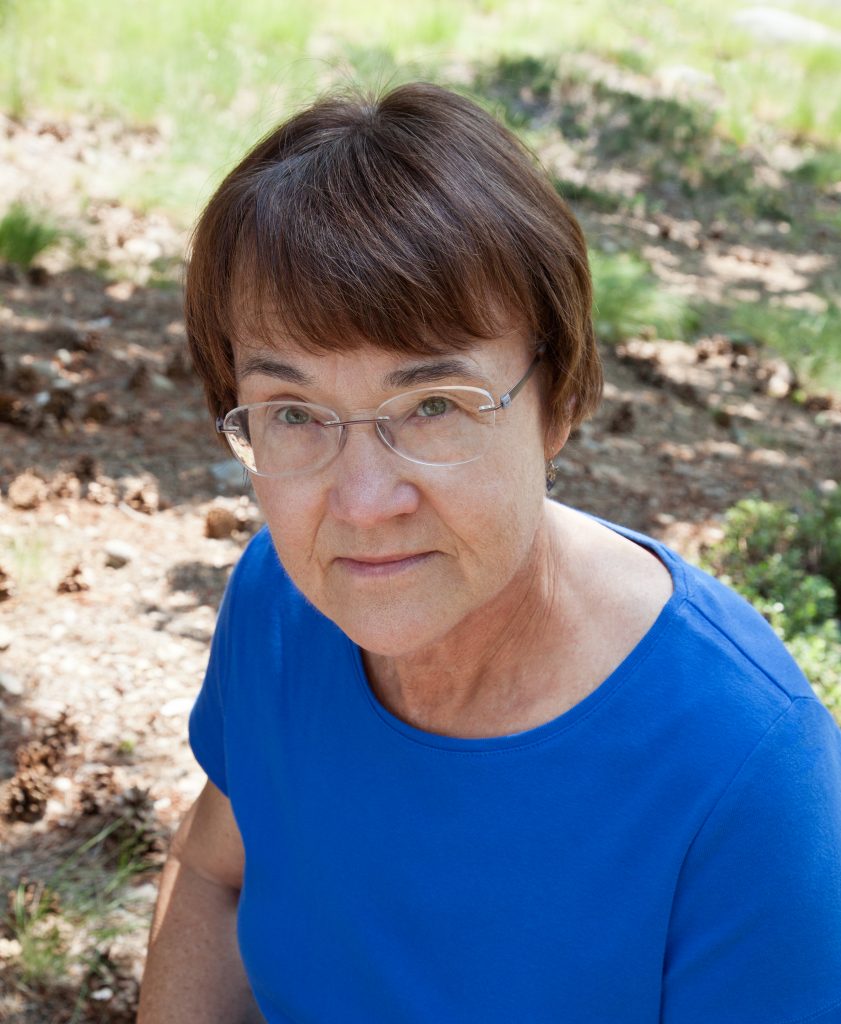Jeanne Chambers: Bridging the Gap between Science and Management
 Jeanne Chambers is a research ecologist with the U.S. Forest Service who has dedicated her career to the ecology, restoration, and management of ecosystems in the western U.S. She has worked directly at the interface between research and management. She has played a formidable role in developing powerful sagebrush ecosystem science related to resilience and resistance (R&R) concepts to manage threats to sagebrush ecosystems, Greater Sage-Grouse, Gunnison Sage-Grouse, and more than 350 other sagebrush obligate species.
Jeanne Chambers is a research ecologist with the U.S. Forest Service who has dedicated her career to the ecology, restoration, and management of ecosystems in the western U.S. She has worked directly at the interface between research and management. She has played a formidable role in developing powerful sagebrush ecosystem science related to resilience and resistance (R&R) concepts to manage threats to sagebrush ecosystems, Greater Sage-Grouse, Gunnison Sage-Grouse, and more than 350 other sagebrush obligate species.
Her work, in collaboration with associated scientists, describes the approach for addressing persistent ecosystem threats to at-risk species based on ecological R&R concepts that are currently being used to conserve Greater Sage-Grouse and sagebrush ecosystems. The approach links biophysical indicators of ecosystem resilience and resistance with species-specific population and habitat requisites in a risk-based framework to identify priority areas for management and guide allocation of resources to manage persistent ecosystem-based threats. U.S. federal land management and natural resource agencies have adopted this framework as a foundation for prioritizing sage grouse conservation resources and determining effective restoration and management strategies. Jeanne is one of the leading scientists behind this tremendous body of work, and has been a part of multiple teams and collaborations.
Jeanne is committed to bringing science into management, and one of the many ways she does this is through advocating for and leading unique communication efforts. She is an active participant in SageWest, a sagebrush communications effort; she also directs wide-reaching symposiums like the one at the 2018 Society for Rangeland Management Annual Meeting that was live-broadcasted across the country (see the video here). Her work is also connected to BLM’s Integrated Program of Work, a science-based policy on prioritizing funding to implement sage grouse and sagebrush ecosystem projects benefiting the sagebrush ecosystem. These projects are funded from a variety of programs including wildlife, fuels management, range, and forestry.
“The most rewarding part of my job has been working with partners to obtain the requisite scientific understanding of our sagebrush ecosystems for effective management and implement new approaches for restoring or maintaining their resilience and resistance,” Chambers wrote in an essay she wrote about her research. “My hope is that this work alongside that of so many others will sustain these irreplaceable ecosystems into the future.” See her most recent peer-reviewed publication: Operationalizing Resilience and Resistance Concepts to Address Invasive Grass-Fire Cycles.
Jeanne was nominated for the 2019 Conservation Science Award by Karen Prentice, the BLM National Science Advisor, Ali Duvall, the IWJV Director of Strategic Partnerships, and Hannah Nikonow, the IWJV Sagebrush Communications Specialist.

